
8 Steps to Streamline Your RFP Process
Introduction The Request for Proposal (RFP) process, often viewed as cumbersome and time-consuming, remains a crucial tool in sourcing goods...

Get 20€ off on your first order!
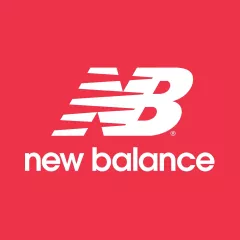

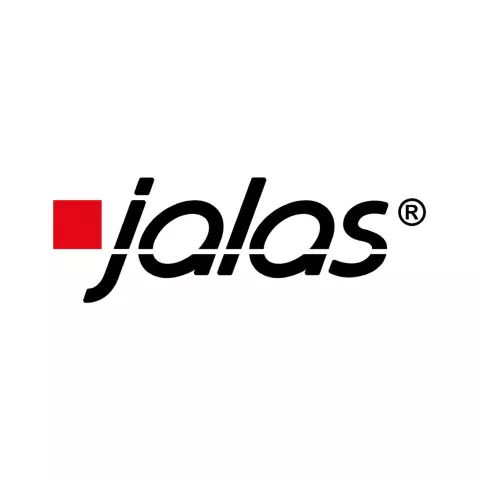
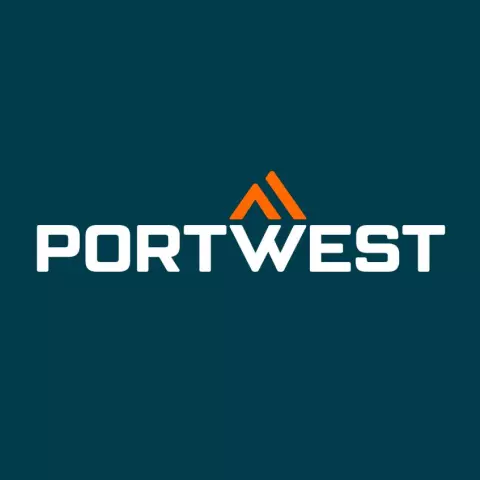



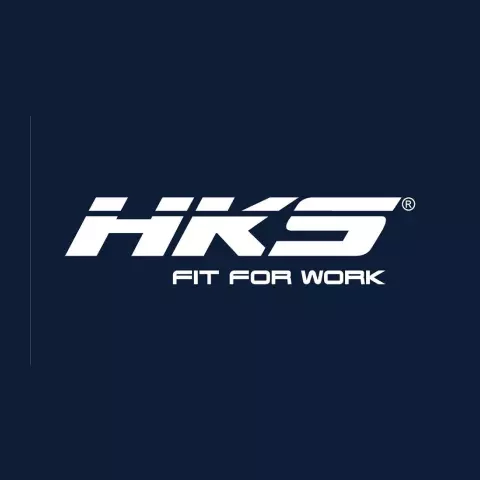


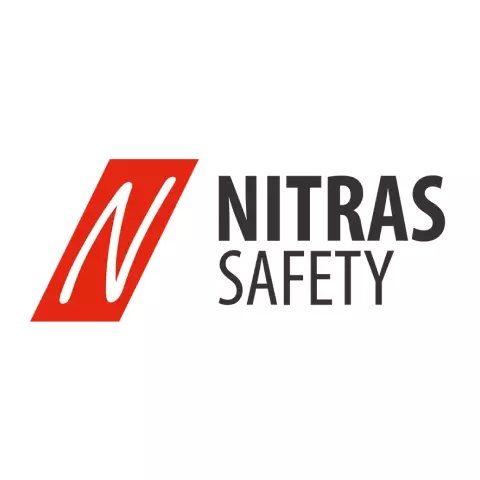




















Navigating the complexities of the procure-to-pay (P2P) process can be a daunting task, especially for organizations still relying on outdated systems. The traditional approach, often marred by inefficiencies and manual handling, can hinder productivity and inflate costs.
As the business landscape becomes increasingly digital, integrating a modern, cloud-based procure-to-pay solution is essential.
This guide delves into how contemporary P2P software can revolutionize your procurement operations, offering strategies to enhance efficiency and drive business success.
Purchase-to-pay (P2P) is a procedure that organisations use to buy goods and services from external providers. From discovering a need for goods or services to paying vendors, P2P comprises several steps. This crucial corporate process streamlines procurement, controls costs, and manages suppliers.
Depending on organisational practice and the demand, procurement executives perform the most important procure-to-pay steps. Kissflow Procurement Cloud helps. Your flow can be tailored to your business.
The initial phase of procure-to-pay is defining business requirements with cross-functional stakeholders. Procurement teams create high-level specifications, terms of reference (TOR), and statements of work after identifying a need.
Creating a buy requisition follows finalising the specs/TOR/SOW. A requester submits a completed purchase requisition form after meeting administrative requirements. Requisitions can be made for normal purchases, subcontracts, and consignments.
Department heads or procurement officers analyse purchase requisitions. After assessing the need, budget, and form, approvers can approve or deny a purchase requisition. Incomplete purchase requisitions are refused and returned to the initiator.
Spot buys can be done for unmanaged category buys, one-time unique purchases, or low-value goods. Otherwise, purchase orders are based on approved requisitions.
Purchase orders now go through an approval loop to verify specs. Purchase orders are sent to vendors after approval. Purchase order vendors can approve, reject, or negotiate after examining. Officer approval of a purchase order creates a binding contract.
The buyer checks the delivered goods/services to make sure they meet contract requirements. The purchasing contract or purchase order requirements determine whether the products receipt is authorised or refused.
Data from the preceding phase is used to evaluate supplier performance. Quality, on-time delivery, service, contract compliance, responsiveness, and TCO. Existing rosters and information systems record non-performance.
A three-way match between the purchase order, vendor invoice, and products receipt is done after approval. If there are no problems, the invoice is accepted and sent to finance for payment. If the invoice is inaccurate, it is denied back to the seller with a reason.
After obtaining an approved invoice, the finance team will process payments per contract. Contract revisions and liquidated financial security evaluations are considered. Supplier payments might be advance, partial, progress or installment, final, or holdback/retention.
Here are five P2P best practices that can assist organisations enhance their procurement process efficiency and effectiveness:
According to Gartner, over 50% of organisations worldwide will use a cloud-based procure-to-pay suite by 2025.
The following are techniques to improve purchasing efficiency.
Digital procure-to-pay software arranges purchase requests for stakeholders and approvers, eliminating email threads.
Most procure-to-pay solutions generate purchase orders from approved requisitions and start PO shipment. You can submit several batch orders to a vendor or create multiple POs from a PR.
Going digital with vendor management alters how your procurement team evaluates vendors. A good procure-to-pay technology makes selecting a vendor based on performance, pricing, discounts, delivery schedule adherence, and policy compliance straightforward!
Kissflow procure-to-pay software Procurement Cloud allows three-way matching, invoice approval, exception management, and integration with electronic payments and account payable systems to ensure a foolproof purchase.
Automation reporting and analysis let you identify successes and failures, which is great. It provides full process transparency. So you can rapidly check job status, vendor performance indicators, and more with custom reports and analytics.
Adopting a cutting-edge procure-to-pay system is more than just a technological upgrade; it’s a strategic move towards streamlined operations and cost efficiency. By leveraging advanced software solutions, businesses can simplify their procurement processes, from purchase requests to invoice management.
Embracing these modern tools ensures not only improved operational effectiveness but also a competitive edge in today’s dynamic market. As companies shift towards digital solutions, the benefits of a well-implemented P2P system become increasingly clear, paving the way for enhanced procurement performance and greater organizational success.
Thank you! You've signed up for our newsletter.









Introduction The Request for Proposal (RFP) process, often viewed as cumbersome and time-consuming, remains a crucial tool in sourcing goods...

Introduction: Business Process Outsourcing (BPO) has transformed from a simple cost-saving measure to a strategic asset for companies of all...

Introduction: In business, “procurement” and “purchasing” are commonly used interchangeably, but they are different functions with different goals and processes....

Introduction The Request for Proposal (RFP) process, often viewed as cumbersome and time-consuming, remains a crucial tool in sourcing goods...

Introduction: Business Process Outsourcing (BPO) has transformed from a simple cost-saving measure to a strategic asset for companies of all...

Introduction: In business, “procurement” and “purchasing” are commonly used interchangeably, but they are different functions with different goals and processes....
Get 20€ off on your first order!
Save 30% by buying directly from brands, and get an extra 10€ off orders over €100
Save 30% by buying directly form brands, and get an extra 10€ off orders over €100